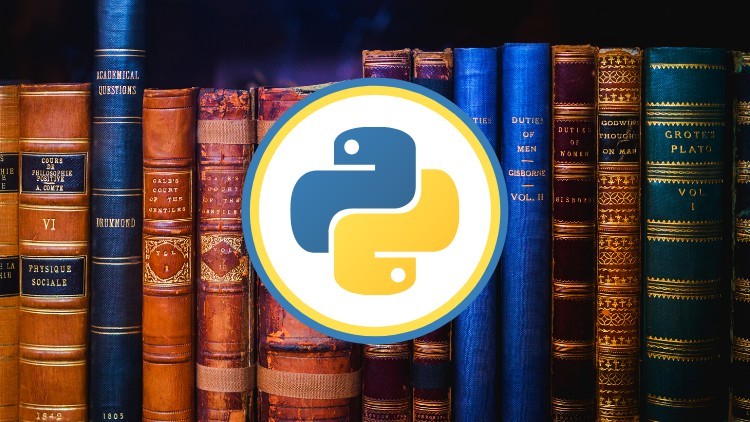
This course will teach students about Python and text analysis for digital humanities.
What you will learn
Use Google Colab and Python
Able to code basic logic and loops
Use tools such as NLTK
Analyze documents for various statistics
Use the web-based tool Voyant
Why take this course?
In this course, students will first learn the fundamentals of Python, starting at a beginner level. This includes concepts such as variables, which are used to store data, if statements, which allow for conditional execution of code, and for loops, which are used to repeat tasks. By understanding and applying these principles, students will gain the skills needed to build their own basic Python programs. Students will then create a program that analyzes the frequencies of words in a given text, providing a hands-on experience with basic programming and text processing.
Afterwards, the course will introduce students to the Natural Language Toolkit (NLTK), a powerful Python library for working with text data. With NLTK, students will explore various methods for analyzing different elements of text, such as tokenization, part-of-speech tagging, and similarity of words. This section of the course will deepen their understanding of text analysis and its applications.
Finally, the course will educate on the usage of Voyant, a web-based text analysis tool. Students will learn how to use Voyant to conduct more advanced analyses, such as visualizing data and identifying patterns without needing to use Python or any code.
This course will be a good first step for beginners to build their fundamentals and begin their work in the field of digital humanities.